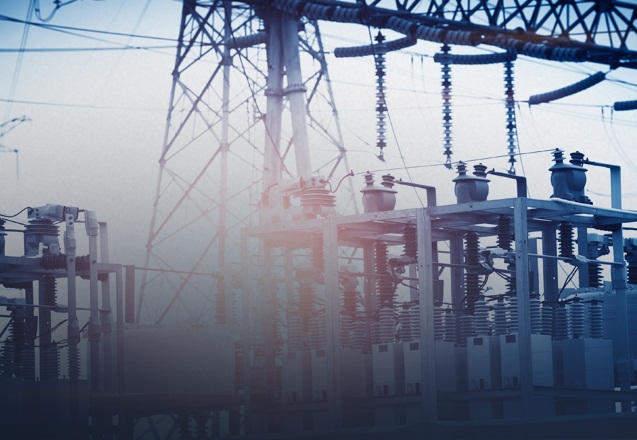Mechanical spring has been upgraded to a more advanced operation. A recent technology has emerged to a distributed power generation in the form of electric spring. The electric loads are segregated in noncritical and critical loads. Voltage can fluctuate in the Noncritical loads; and critical loads require stability in their high voltage. Noncritical load is connected with the ES for a smart load; which is then connected in a parallel series with the critical load. The most important function of the ES is to transfer the fluctuating voltage of the system to noncritical load while keeping the critical load constant.
Principle operation of ES
When the voltage system is not fluctuating, the ES voltage is zero and the point of common coupling is normal. When the voltage system increases, the point of common coupling (PCC) also increases to a certain point. Then the ES takes the noncritical current and transfers the current vector voltage. The ES consumes the reactive power from the voltage system and the PCC returns to its initial point.
When the voltage decreases, the PCC also comes down from its point. Thus, the ES provides the amount of voltage needed; reactive power is released by the ES and the PCC comes back to normal. So, the Reactive power remains at constant point and maintains its stability with ES monitoring and maintaining the voltage system.
Use of ES in transformers
Transformers control tons of electrical loads to supply equal power to all the units in the area. The ES is a crucial operation system in a transformer to monitor and control the voltage. It can also take a large load if there is a major fluctuation in the area. Transformers can work efficiently due to an efficient ES system. It also minimizes the risk of transfer of large units of power to one unit thus also reducing the risk of power cuts and fire eruption in circuit boards.



